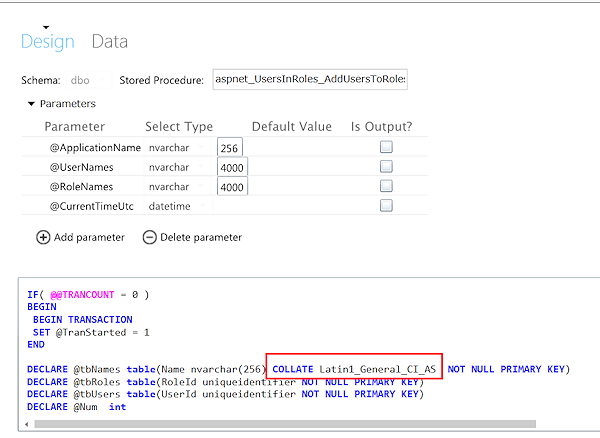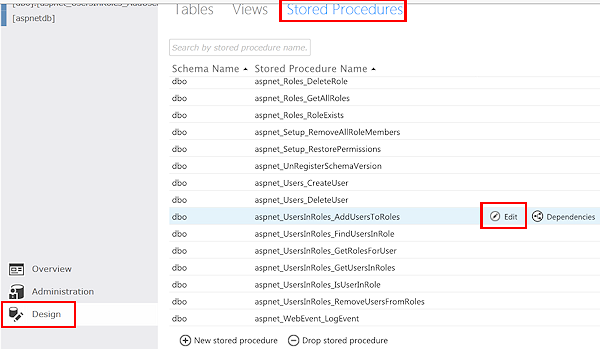Mister (Sometimes) Fixit
No I'm not talking about the clever "please mend my computer" tools that you can run on Microsoft's website. I'm talking about my regular tasks trying to fix all the things that break in our house, seemingly one per day at the moment. It's usually a wide and assorted selection of tasks; this week comprising a table lamp, a DECT phone, my fishpond filter, SQL Database, and Windows 8.
Invariably my fixit jobs fall into two categories: "not worth the effort" and "fingers stuck together with superglue again." The second category tends to be associated with jewellery and ornament repairs (the latter typically being my fault), but the table lamp repair was in the first category - an IKEA lamp that originally cost twelve pounds new, but came from a jumble sale at a cost of two pounds. My wife had bought six new 12V halogen bulbs for it that cost more than the lamp did originally, but it refused to work. The transformer is a sealed unit, and the wiring is sealed inside the lamp. Do I spend three hours breaking it just to see what's wrong?
But I had better luck with the DECT phone, a couple of new triple-A rechargeable batteries brought it back to life. And I managed to fix my fishpond filter using the typical handyman technique of a few bits of bent wire. These are the satisfying kind of repair jobs where you can carry around a big toolbox, and look like you know what you're doing. It works even better if you can arrange it so you didn't shave for a couple of days before.
What's most annoying however, and has little capacity for appearing butch and manly, is the so-far-unmentioned third category of repair jobs: broken software. A year or so ago I parcelled up my locally-hosted websites and dispatched them to heaven - or, to be more precise, to live in the clouds of Windows Azure. Amongst them is our local village website, which is reasonably complex because it handles news, events, photos, and has a user registration facility.
Yes, I know I should have adapted it to use claims-based authentication and Windows Azure Active Directory, but I just never got round to it; instead it has an ageing "aspnetdb" database sitting in SQL Database. There's only one role instance, and it works fine. Well, almost. Yes I did do comprehensive testing after deployment before the site went live, checking that I could add and edit all the items on the site, sign in and change my password, view lists of registered users, and see the error lists in the admin section of the site.
I even made sure the site could create and remove users, and allow them to edit their details. But it turns out that my test coverage was a little less than perfect. For the first time since deployment I needed to use the functions of RoleManager to change the roles for a registered user. And everything broke. Even going into the SQL Database management portal and deleting the row in the data view of the table failed. As did executing a SQL DELETE statement in the query window.
It took some searching based on the error message about SQL collation to find the answer. And the fix is so simple that it should painted in six inch high letters on a big piece of wood and nailed to the Azure portal. Simply open the stored procedure named aspnet_UsersInRoles_AddUsersToRoles and insert the text COLLATE Latin1_General_CI_AS into the DECLARE @tbNames... line as shown here, and then do the same with the aspnet_UsersInRoles_RemoveUsersFromRoles stored procedure.
To get to the stored procedures, open the database management page from the main Windows Azure portal and choose the Manage icon at the bottom of the page. Sign into the SQL Database server and choose Design in the left-hand navigation bar, then choose Stored Procedures in the tabs near the top of the page. Choose the Edit icon next to the stored procedure in the list and do the edit. Then choose the Save icon on the toolbar. Repeat with the other stored procedure.
Meanwhile, ever since I upgraded my trusty Dell E4300 to Windows 8 I've been plagued by wandering cursor disease. I'll be typing away quite happily and suddenly the letters appears in the middle of the next paragraph, or halfway along the next line. It's amazing how much something likeum. this can screw up your finely crafted and perfectly formatted text. It really is a pain in the b
Of course, the answer is the same as most Windows 8 problems with older hardware. The jazzy new all-singing and all-dancing hardware drivers that come with Windows 8 don't always do the same as the wheezing and arthritic ones that came on a disk with the computer when you bought it. Thankfully, plenty of other people are having the same variable input position issue as me, and their posts led me to the updated Alps touchpad driver on Dell's website.
Not that it fixes the problem - my touchpad still seems to think it's morphed into an X-Box Kinect - if I wave a hand anywhere near it the insertion point cursor leaps madly around in my Word document. But the Dell driver can detect when you plug in a proper mouse, and disables the touchpad automatically. Problem solved.
Now I just need to prise my finger and thumb apart so I can mend a pair of my wife's earrings...

